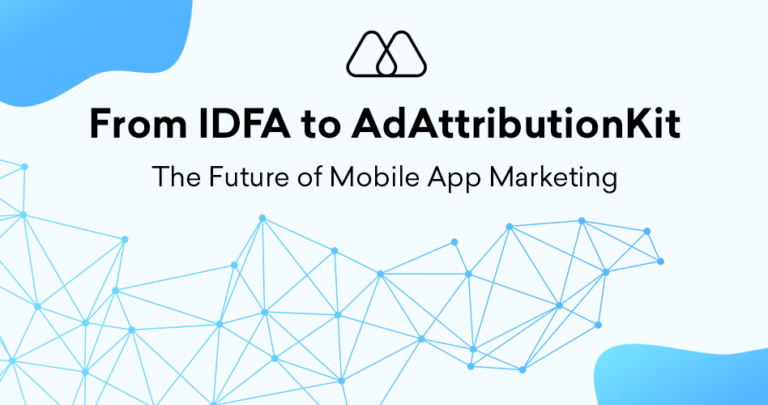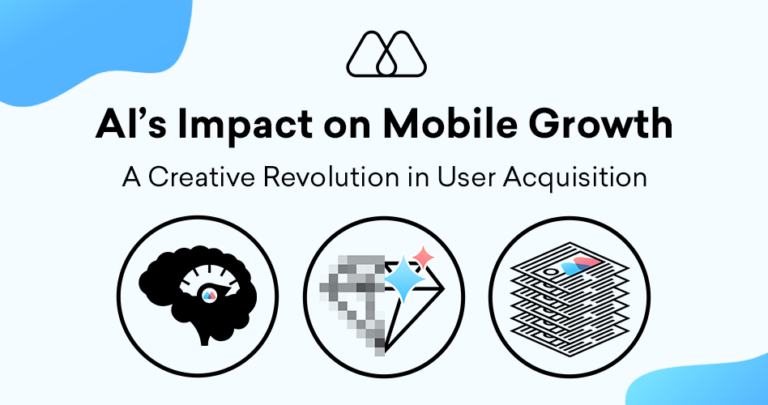In the dynamic world of mobile advertising, targeting the right users with relevant ads is crucial for campaign success. Device IDs have long played a significant role in user identification and ad targeting within the mobile app ecosystem. This article explores the concept of Device IDs, delving into their types, functionalities, privacy considerations, and the evolving landscape of user identification in mobile advertising.
What is a Device ID?
A Device ID is a unique identifier assigned to a mobile device, such as a smartphone or tablet, by its operating system (OS). These identifiers allow apps to recognize and track individual devices for various purposes, including:
- App Functionality: Certain app features may rely on Device IDs to personalize the user experience or maintain login sessions. For example, a shopping app might use a Device ID to keep track of items in a user’s shopping cart.
- Ad Targeting: In the past, Device IDs were extensively used for ad targeting within mobile apps. Advertisers could leverage Device IDs to identify user demographics, interests, and app usage habits, enabling more targeted ad campaigns.
Types of Device IDs:
There are two primary types of Device IDs used in mobile advertising:
- ID for Advertisers (IDFA): This identifier is specific to Apple’s iOS operating system. Limited App Tracking Transparency (ATT) features introduced with iOS 14.5 significantly restrict access to IDFAs, impacting traditional app user tracking and ad targeting methods.
- Google Advertising ID (GAID): This identifier is used within Android’s operating system. While currently operational, Google has announced plans to phase out third-party cookies within Chrome, with potential implications for GAID in the future.
Why are Device IDs Important for Mobile App Advertising?
Traditionally, Device IDs offered a valuable tool for mobile app advertisers. Here’s how they were leveraged within ad campaigns:
- Audience Targeting: Device IDs allowed for more precise targeting of ad campaigns by enabling the identification of user segments with specific demographics and app usage behavior.
- Retargeting: Advertisers could utilize Device IDs to retarget users who previously interacted with their app or a specific ad, potentially improving conversion rates.
- Attribution and Measurement: Device IDs assisted in attributing conversions and measuring campaign effectiveness by tracking user actions across different devices.
Privacy Concerns and the Evolving Landscape
With increasing user privacy concerns, utilizing Device IDs for ad targeting is facing significant scrutiny. Here’s a look at the changing landscape:
- Limited App Tracking Transparency (ATT) on iOS: Apple’s ATT framework requires users to explicitly opt-in to app tracking. This has significantly reduced the availability of IDFAs for ad targeting within iOS apps.
- Deprecation of Third-Party Cookies: Google’s announcement regarding phasing out third-party cookies in Chrome raises questions about the long-term viability of GAIDs for ad targeting within the Android ecosystem.
5 Key Takeaways for Mobile App Marketers in the Evolving Device ID Landscape
- Focus on Contextual Targeting: Shift your focus towards contextual-targeting strategies that leverage in-app content and user behavior within the app for ad targeting, reducing reliance on Device IDs.
- Prioritize First-Party Data: Invest in collecting and leveraging first-party data from your app users, such as opt-in preferences and in-app behavior. This data can be crucial for personalized targeting and campaign measurement.
- Explore Contextual Signal Providers (CSPs): Consider partnering with Contextual Signal Providers (CSPs) who offer alternative targeting solutions that respect user privacy and leverage contextual signals for ad delivery.
- Embrace Privacy-Focused Solutions: Stay informed about emerging privacy-focused solutions and tools within the mobile advertising industry. Adapt your strategies to comply with evolving privacy regulations.
- Focus on Building Trust: Prioritize user privacy and build trust with your app users. Transparency about data collection practices and providing clear opt-in options fosters a positive user experience.
Beyond Device IDs: The Future of Mobile App User Identification
The landscape of mobile app user identification is undoubtedly shifting away from reliance on Device IDs. Here are some potential directions for the future:
- Privacy-Preserving Technologies: Explore the potential of privacy-preserving technologies like contextual targeting, cohorts, and probabilistic identification methods that respect user privacy while enabling effective ad targeting.
- Focus on User Relationships: Cultivate strong user relationships through a valuable app experience and transparent data practices. Loyal users who opt-in to data sharing can provide important insights for targeted advertising and campaign measurement.
- Embrace a Holistic Approach: Move beyond a singular focus on user identification and explore a holistic approach that leverages several different contextual signals, app behavior, and first-party data to deliver relevant and personalized ad experiences.
The limitations of Device IDs necessitate a strategic shift in mobile app user identification for advertising. Mobile app marketers can navigate this evolving landscape by understanding privacy concerns, embracing alternative targeting methods, and prioritizing user trust. Here’s how this approach empowers you:
- Future-proof Your Strategy: By adapting to privacy-focused solutions, you ensure your app advertising strategy remains compliant and effective in the long run.
- Build Stronger User Relationships: Prioritizing user privacy fosters trust and loyalty, creating a sustainable foundation for your mobile app.
- Deliver Personalized Ad Experiences: Leveraging a combination of targeting methods allows you to deliver relevant ads that resonate with your app users, potentially improving campaign performance.




